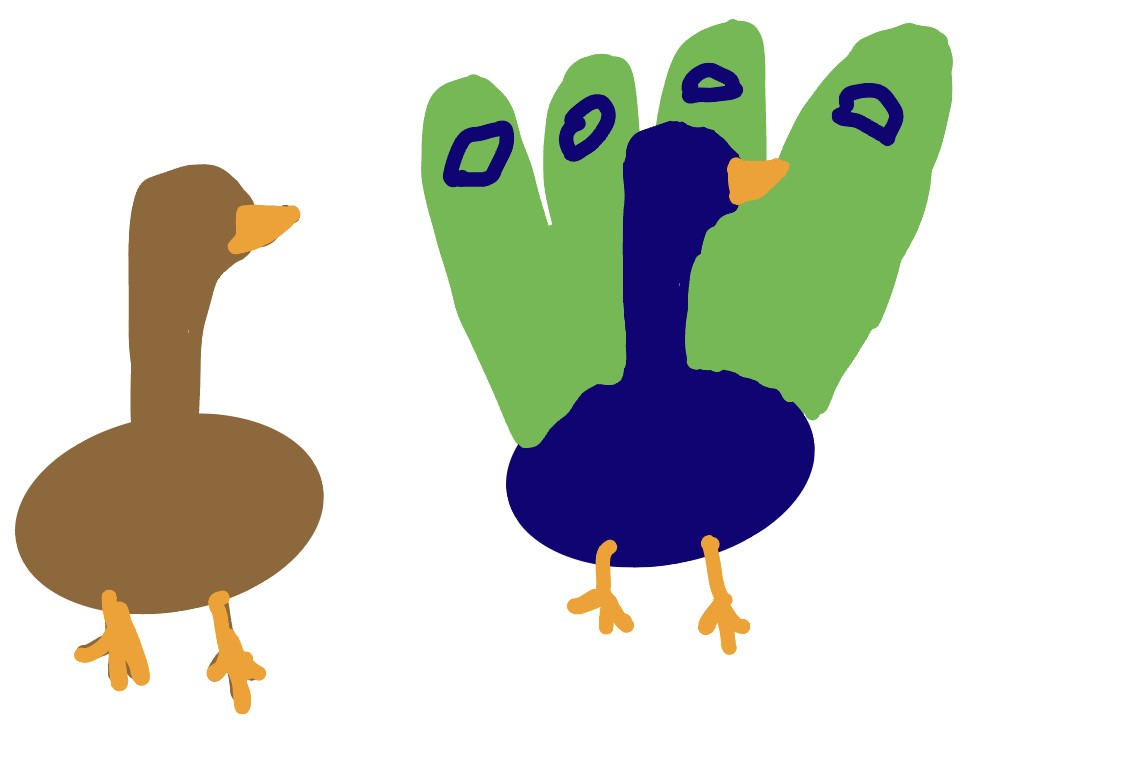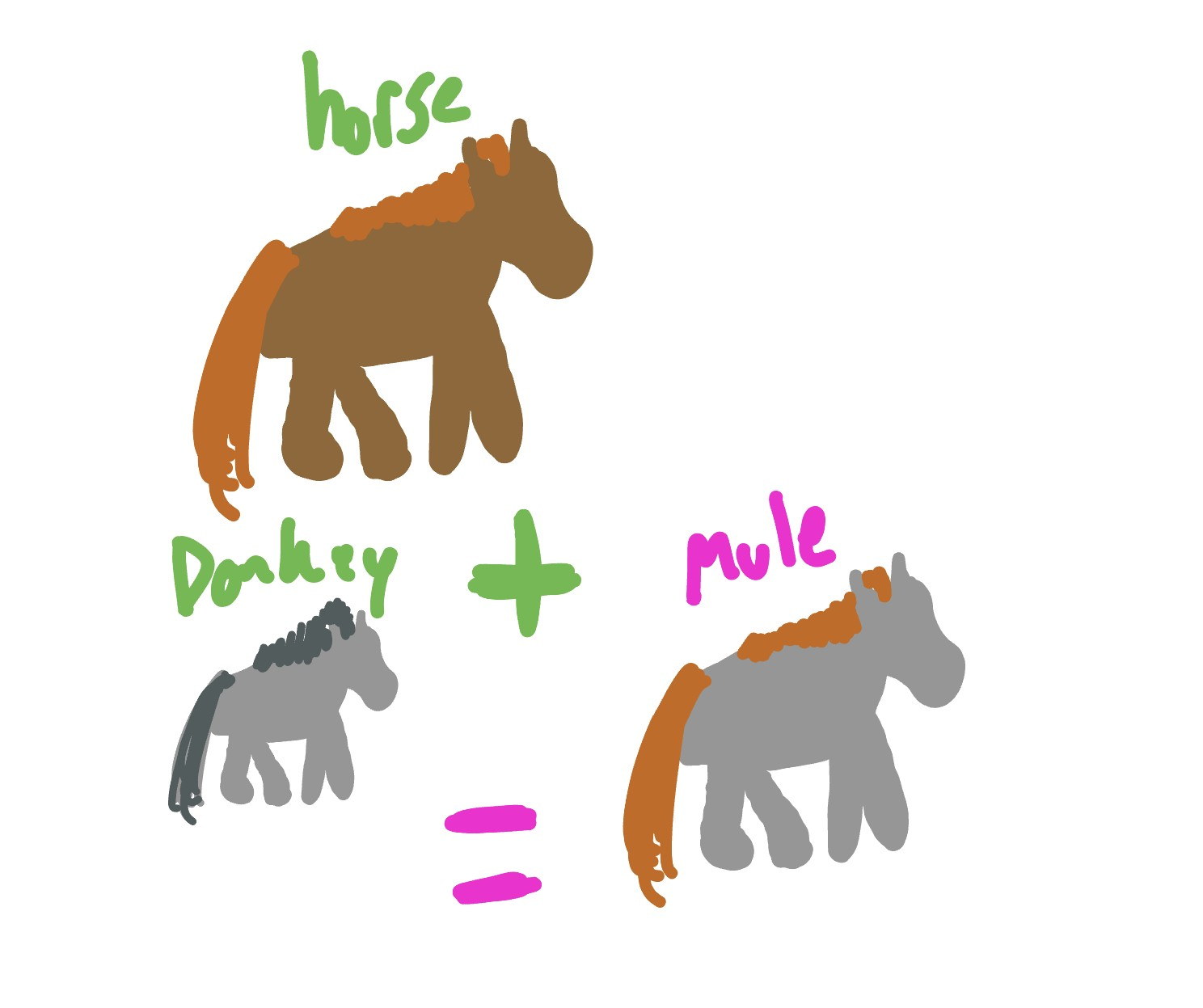Final Project
EVOLUTION OF ECHOS Click on "Evolution of Echos" for the link to view my final project. Make sure to hit play in the top right corner to play as one cohesive video. Thank you so much for allowing creative flexibility! Really Enjoyed your class! Topics: Genotypes vs phenotypes✅ Mutations ✅ Natural selection (survival of the good enough)✅ Convergent evolution✅ Phylogenies ✅ Genetic drift ✅ Speciation ✅ Intersexual selection✅ Intrasexual selection/Male competition ✅ Artificial selection✅ Conclusion✅





